7 reasons you need a dry bag: protect, organize and keep your kit dry
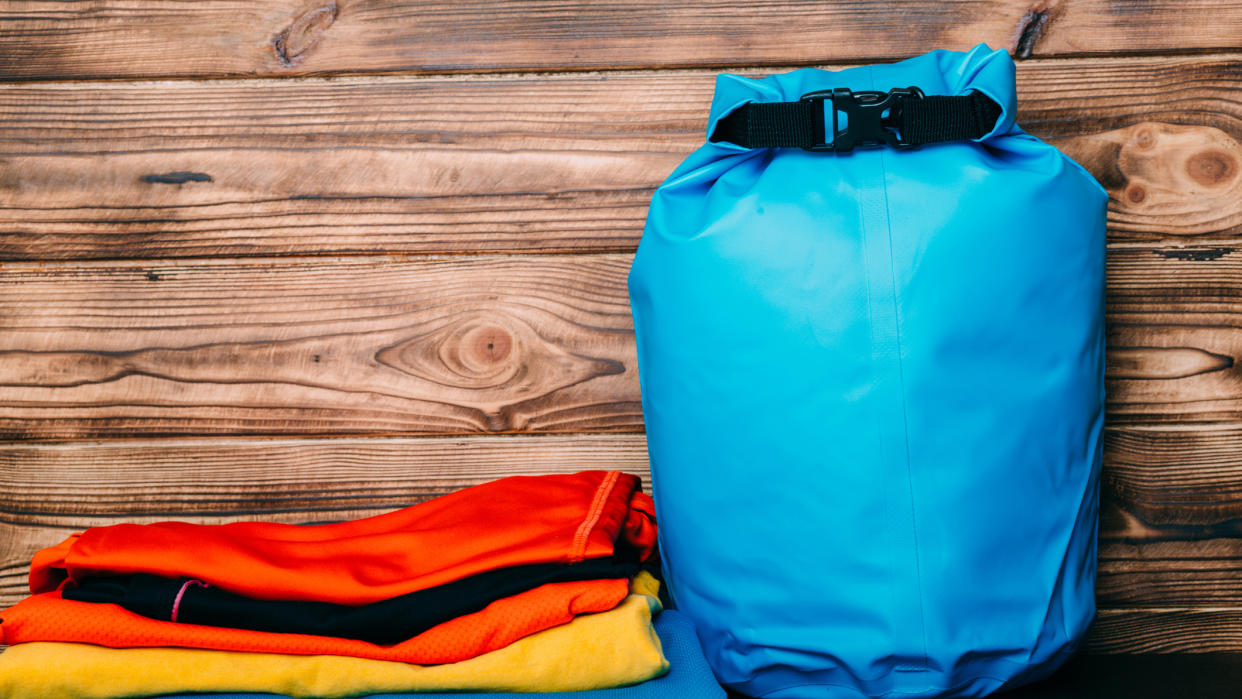
Once you start using dry bags for your outdoor adventures, you’ll never look back. If you’re someone who regularly heads out on the water on some form of floating vessel, the odds are that you’ll be acutely aware of the humble dry bag’s value. After all, when literally surrounded by water, it’s pretty essential to keep your clothes and valuables protected from the drink.
However, dry bags should not only be the preserve of kayakers, paddlers and the like. Hikers, mountaineers, campers, bikepackers – in fact, pretty much anyone who enjoys the great outdoors – benefit massively from utilising one or several of these simple but effective products.
If you’ve not introduced them to your adventures, I’m here with 7 reasons you need a dry bag or three. Their potential uses go way beyond protecting your iPhone and keeping your best down jacket bone dry.
Meet the expert
What is a dry bag?
A dry bag is a waterproof bag designed to keep contents dry
There are broadly two types: backpack style bags and sack style bags
A dry bag is a waterproof bag designed to keep the contents within dry. They’re loved by canoeists, kayakers and paddlers, while they’re also extremely useful for hikers, mountaineers and campers. Basically, anyone who stands a good chance of getting a little wet on their adventures will value one. So, you could say, in a rather counterintuitive manner, that a dry bag is a bag you expect to get wet – on the outside at least.
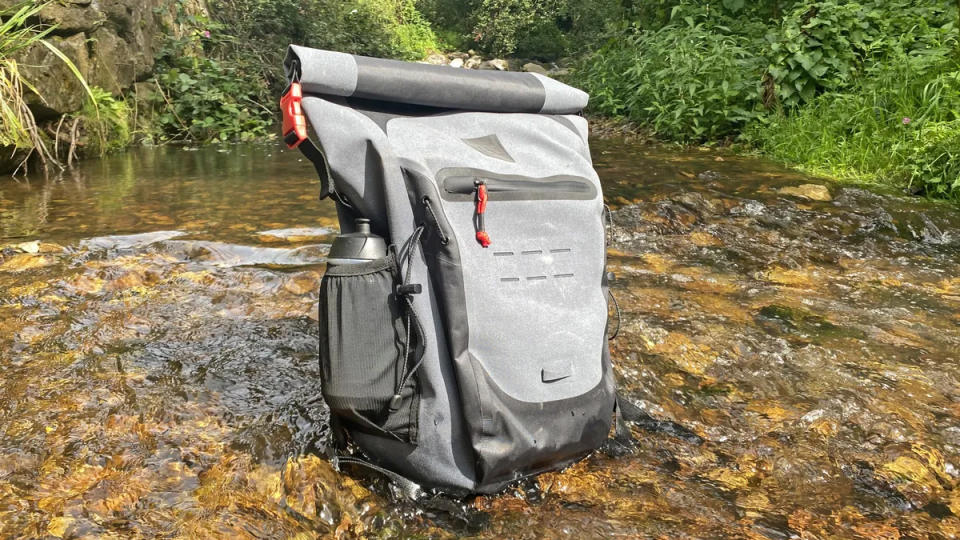
There are broadly two varieties of dry bag: larger ones that can be worn just like a standard hiking backpack and smaller ones that are basically sacks designed to either attach to the exterior of your mode of transportation or be stashed inside a larger backpack. They come in varying thicknesses; some have the feel of a waterproof jacket's fabric, while others have a plasticky vibe.
Whether a stash bag or a backpack, dry bags typically feature a roll-top closure, which creates a watertight seal when folded over three or four times and buckled up. Not only is this design more resistant to water ingress than a zipper, it’s also more durable, as it’s less prone to failing after repeated use.
Without further ado, let’s get into my top seven reasons you need a dry bag, or several…
1. Dry bags protect your gear
Not only are dry bags waterproof, they're also dust and dirt proof
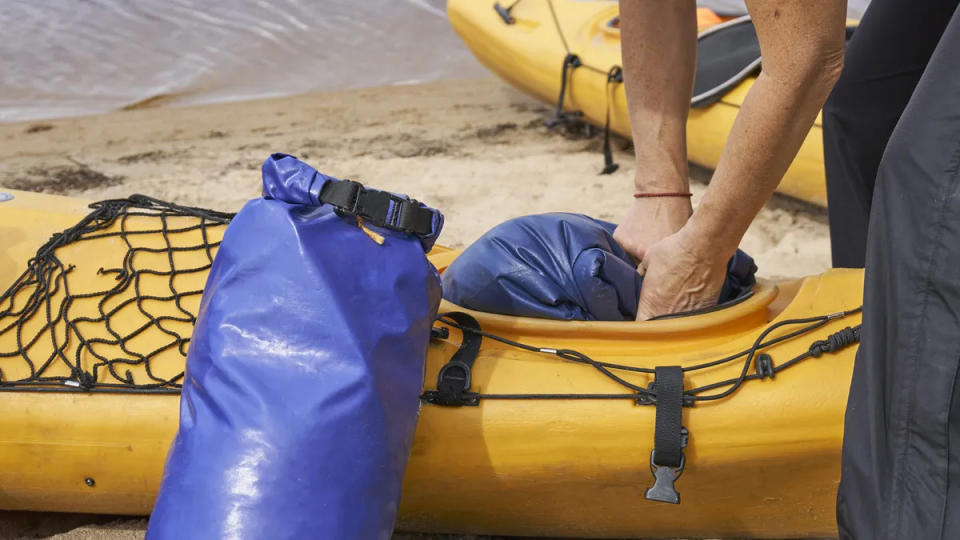
I’m going to start by stating the obvious. The main reason you need a dry bag is to keep your clothing and valuables dry. However, something that's waterproof is also something that gives protection from a variety of other things you wouldn’t want on your kit, such as dust and dirt. So, not only are dry bags ideal for watery adventures and rainy backcountry days, they’re also great for adventures in more arid conditions too.
2. You can organize your kit
Colored dry bags enable you to organize kit within your backpack
This is great for being able to quickly grab what you need
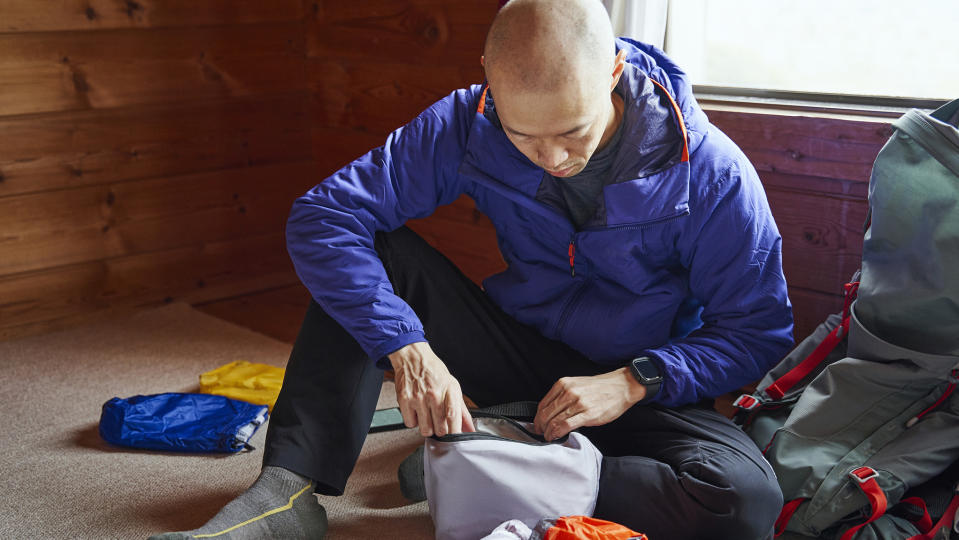
Many manufacturers sell dry bags in sets, giving you several sizes and a range of colors. If you’re hiking or camping, having a few colored dry bags of varying capacities enables you to organize your kit effectively within your backpack. It’s simple, but highly effective.
When I’m mountaineering, I use three dry bags within my main pack to keep things organized. This means I can quickly grab what I need instead of having to faff around, turning the contents of my pack upside down every time I want to change my gloves. Of course, everyone has their own personal systems and it’s worth continuously optimizing as experience is gained. Nonetheless, my current system is this:
Large dry bag (green): spare down jacket, spare mid layers
Medium dry bag (yellow): survival shelter, blizzard jacket, first aid kit, spare gloves, spare hats, balaclava, goggles
Small dry bag (blue): power bank, cables, two headlamps, GoPro, snacks, sandwiches
This system can be easily adapted to other pursuits, and I alter it if I’m wild camping or heading out on the water.
3. They’re much better than waterproof covers
Waterproof covers block access to a backpack's compartments
They have a tendency to blow away, thus littering the backcountry
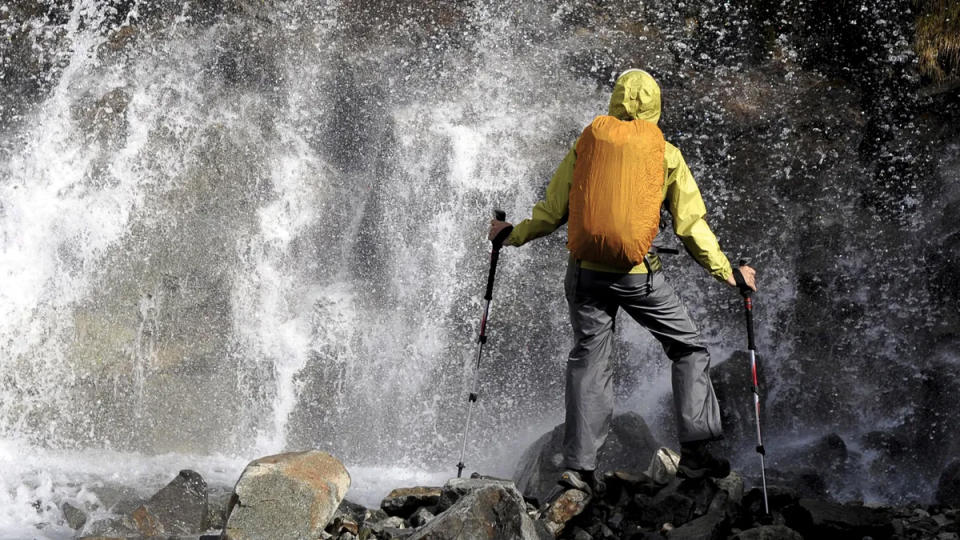
Most modern daypacks and backpacks come with a waterproof cover that can be draped over its main body in the event of heavy rain. There are two big disadvantages to such a waterproof cover. Firstly, it makes accessing your backpack’s compartments more difficult, as it covers up all the openings, meaning you have to at least partially remove it every time you want to get anything out.
Secondly, these waterproof covers are prone to being picked up by the wind and blown off into the backcountry. By design, they’re shaped a lot like sails and once a gust takes hold of them, there’s not a great deal that’s going to stop them. Mountain guides bemoan the number of lost covers they find littered across our wild places.
Of course, using dry bags within it doesn’t protect your actual backpack from getting wet, but this shouldn’t be your main concern as long as you, your clothing and valuables remain dry.
4. They provide additional storage
You can attach a dry bag to your pack or means of transport for additional storage
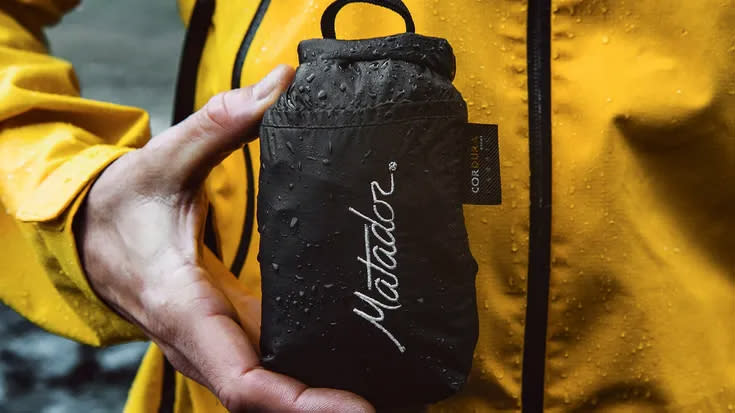
Dry bags can be attached to the exterior of a pack, bike or vessel, acting as additional storage. Most can either be attached via their roll-top closures, integrated D-rings or fabric loops via a carabiner or similar. Even if your pack isn’t full, there may be times that you want to store certain items externally, such as smelly, wet kit or food that’s past its best. There’s no need for your whole pack to take on a cheesy aroma.
5. A dry bag can be a weight-saving camping pillow
A dry bag stuffed with cushioned clothing can double up as a pillow
This saves weight on wild camping trips
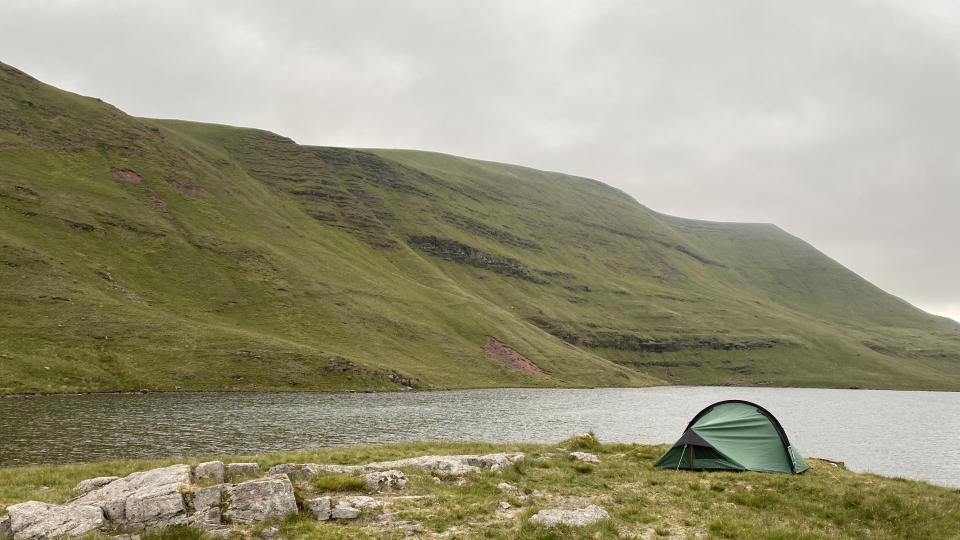
If you’re lugging your camping equipment to a lofty pitch in the mountains, every gram saved makes the whole experience that much more pleasurable. Rather than carrying an additional pillow, stuff a good-sized dry bag with your fleece and down jacket and you’ve got a makeshift camping pillow. This negates the need to carry any additional weight, as everything has its use on the trails too.
6. You can use it to carry water
Dry bags can hold water in, as well as keeping it out
This makes them ideal for carrying water or laundering clothes in camp
One of the reasons some runners dislike trail shoes adorned with Gore-Tex is that, while they’re good at keeping water out, once it’s in, it can’t escape as readily. Basically, something that’s designed to keep water out, is also pretty good at keeping it in.
This gives dry bags a whole other use when it comes to camping trips. You can use them to transport water to your tent or to do a spot of laundry. Yes, if you need to wash clothes while camping, a dry bag is the way to do it. In fact, the Scrubba Wash Bag is a dry bag that’s specifically designed for campsite laundering – it even comes with an internal washboard. If you’re using a regular dry bag, no problem! You can use something like a spiky massage ball to agitate the fibres of the clothes you intend to wash.
7. Old bags can be reused
Your old dry bags can be used as simple bags for all kinds of uses
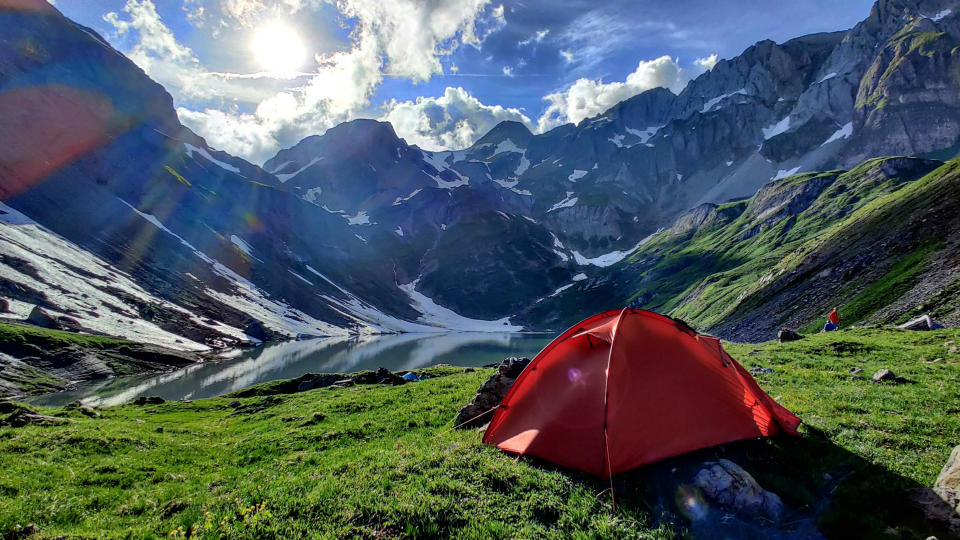
Nothing lasts forever. One day, your dry bag’s performance will have deteriorated to the point it no longer functions as a dry bag – instead, it’ll just be a bag. However, even the most used and abused dry bag can be put to use. Use your old bag as a makeshift trash bag on camping trips, or to store dirty clothing.
Finally, and I make no apologies for this, but the leave no trace principles dictate that poop should be carried out of any adventure in the wilderness. In a fix, what better than an old dry bag that you can effectively secure for transporting your delicate cargo out with?

